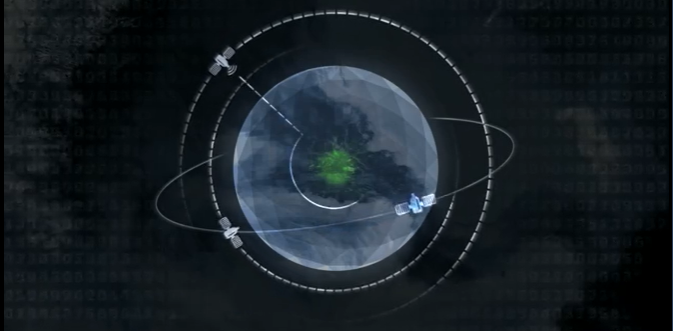UNOSAT
The UN UNOSAT Rapid Mapping Service provides satellite image analysis during humanitarian emergencies, both natural disasters and conflict-situations. With a 24/7 year round availability to process requests, the UNOSAT team ensure timely delivery of satellite imagery derived analysis, maps, situational awareness reports, statistics and GIS-ready data (for example flood extents, damage assessments, etc,)
UNOSAT benefits from a variety of sources for satellite imagery acquisition: free and open source, commercial vendors, International Charter Space and Major Disasters (natural and technological disasters only), in-kind donations.
Note that in case of major natural disaster events, UNOSAT can activate the Space Charter for natural disasters and can request imagery via UNOSAT for any other situation. and Major Disasters on behalf of the UN agencies and IFRC .
How to Activate UNOSAT Rapid Mapping Service:
Satellite imagery requests to UNOSAT related to both complex emergencies and natural disasters are to be sent to emergencymapping@unosat.org, CC: fis-ocha@un.org (OCHA Field Information Services) and Rahel Getachew getachewr@unFiliz Yildirim filiz.yildirim@un.org.
The details to be provided in the request include the following:
Geographic Bounds (coordinates, KML, SHP, etc.)
Temporal Bounds
Operation(s) it will support
How will the data be used?
What do you need to see? What Questions are you trying to answer?
List partners, that will use the data. What are their licenses for derived works? (e.g. OSM has a creative commons license this can be discussed)
Who will benefit? (e.g. HCT, affected the population, UN agencies, NGOs, government etc.)
E-mail with details should be sent first followed by a phone call to the 24/7 hotline +41 75 411 4998 to confirm submission to UNOSAT on-call officer. Requests can also be submitted to 24/7 hotline directly if no internet connection available for e-mail.
The service is free of charge for UN sister agencies and humanitarian entities operating in line with UN policies.For more information about the process please see: UNOSAT Rapid Mapping Service
Best Practices
Most satellite imagery is licensed and sharing the raw imagery can be restricted. Also, much imagery is shared under the US Government NextView license, and products using this imagery and posted to a public website must properly identify the source of the imagery, and must be reviewed by US Department of State prior to public release to ensure proper credits are used. This process can move quickly but may require a few additional days before public release.
Coordinate requests through the IM network to reduce duplicate requests and improve common understanding of operational needs (IMWG members) include
Once the request has been handled and delivered, please fill in the feedback form which is already attached within the request form. Feedback submission is a mandatory procedur
During sudden-onset natural disasters to know Who is doing What and Where by different satellite mapping organizations in terms of satellite analysis you can access the GDACS Satellite Mapping Coordination System (SMCS): http://smcs.unosat.org/
Most satellite imagery is licensed and sharing the raw imagery can be restricted. In case of need to access raw satellite images during an activation you can contact UNOSAT and ask advise regarding suitable mechanisms to grant access.
Collaborating with other partners that may be able to help such as Open Street Map (OSM), MapAction, REACH etc. so they can use the data and images. Once the request has been handled and delivered, please fill in the feedback form which is already attached within the request form. Feedback submission is a mandatory procedure.
Consider the expertise and time involved with satellite imagery analysis, let the experts dot it! Ask for shapefiles of the analysis Maps and GIS-ready data in different formats (e.g. flood extent lines) so the data can be included in mapsCheck out the Activations Map to see where images are availableextents, building damage points, etc,) can be downloaded from UNOSAT website.
In case the International Space Charter and Major Disasters is activated you can also check availability of satellite derived maps on the Charter Website Map .
Resources
See UNOSAT Geospatial Catalogue for examples of satellite imagery derived products you can request to support humanitarian operations.
